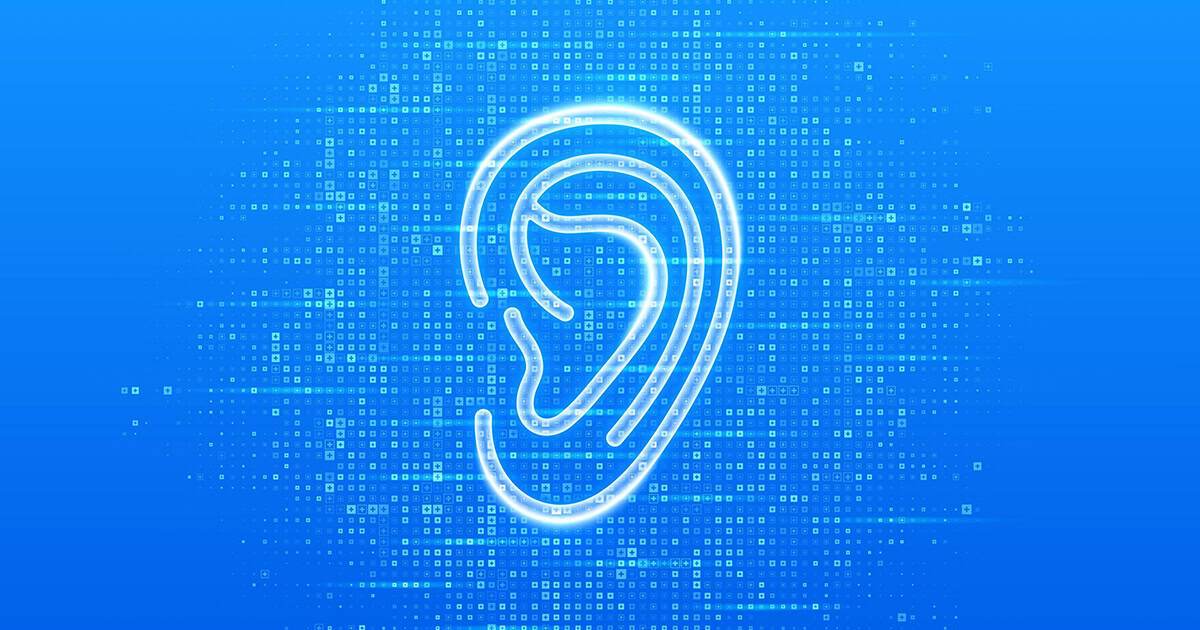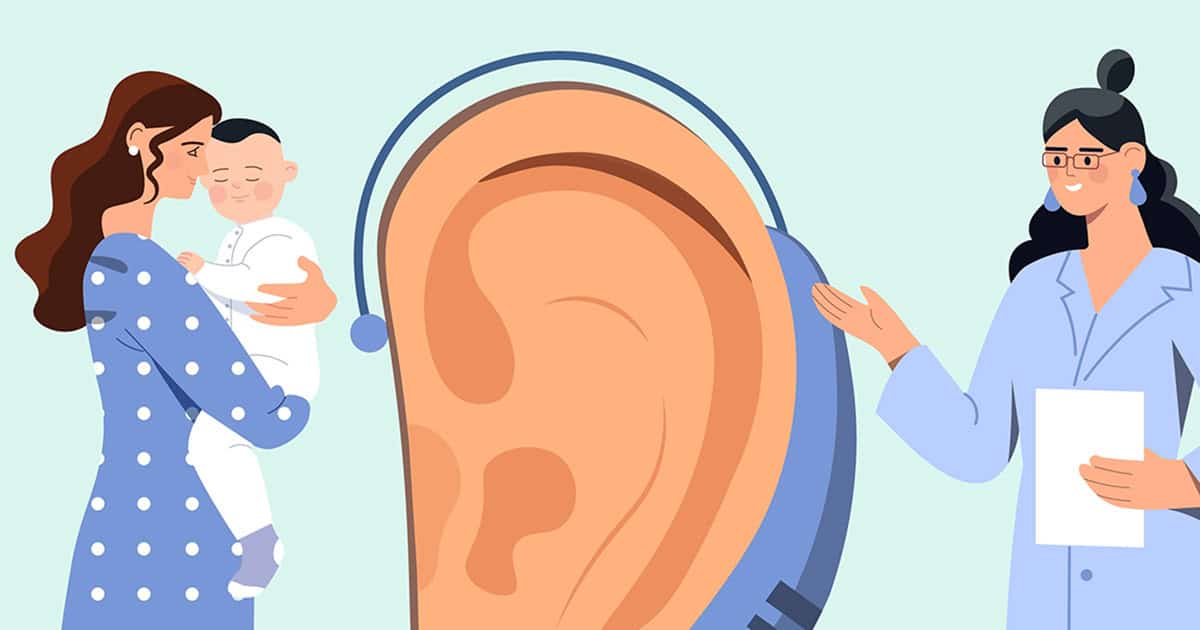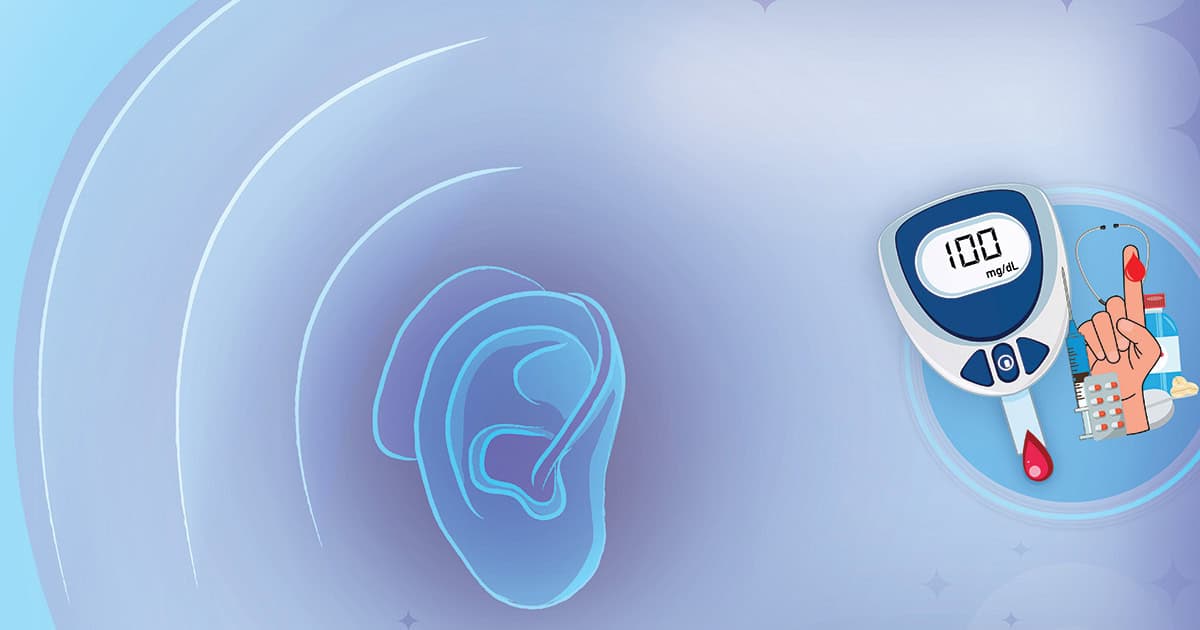November/December 2025 Issue
The November/December 2025, Volume 37, Number 6, Audiology Today issue has been released. Enjoy the most recent issue!
Audiology Today Archives
The Audiology Today issues from 1988 to the present are available as member-only content. Please click the button below to access the archives.
About Audiology Today
Audiology Today, the award-winning publication of the American Academy of Audiology, has been a trusted resource for audiologists for over 35 years. Each bimonthly issue offers evidence-based research, expert insights, and practical ideas to enhance clinical practice and patient care.
Interested in having your work featured? View our editorial guidelines and submit your manuscripts to Editor-in-Chief Erin Schafer, PhD.
Why Submit an Article?
Sharing your insights in Audiology Today is a powerful way to advance the audiology profession and connect with peers. By submitting an article, you can:
-
Contribute to Evidence-Based Practice
-
Have Your Work Recognized
-
Enhance Your Professional Visibility
-
Foster Collaboration
-
Shape the Future
Find Articles from Audiology Today
Keyword Search
Date
Audience
Business Topic
Clinical Topic
Issues
Measuring Meaningful Outcomes
At the request of a coalition of sponsors, the National Academies of Sciences, Engineering, and Medicine (NASEM) convened a group of experts in adult hearing interventions and related fields to produce a consensus study report identifying a core set of meaningful outcomes and corresponding measurements. This article provides insight into the process and outlines the recommendations.
The Audiology Visit: From the Patient’s Perspective
You have diagnosed the need, your patient has agreed with your recommendation, and you are poised to deliver a life-changing hearing device. You can maximize your patient’s benefit by understanding their daily experience and what they need from you.
Improving Access to Hearing and Healthcare in Diabetes
This article summarizes a personal perspective from an audiology student with Type 1 diabetes, a professional perspective by a diabetes education specialist, and an overview of the Centers for Disease Control and Prevention’s national guidelines for hearing.




